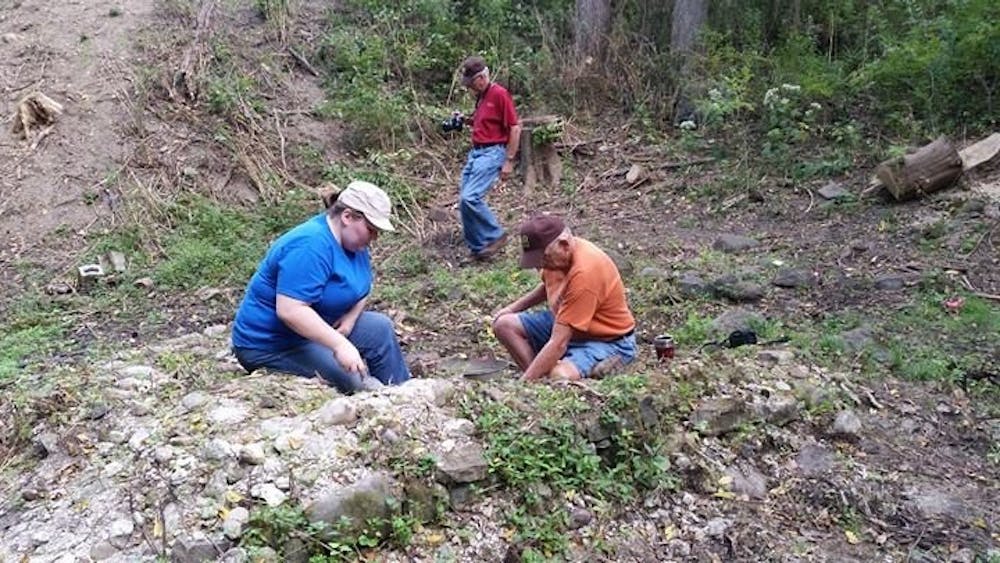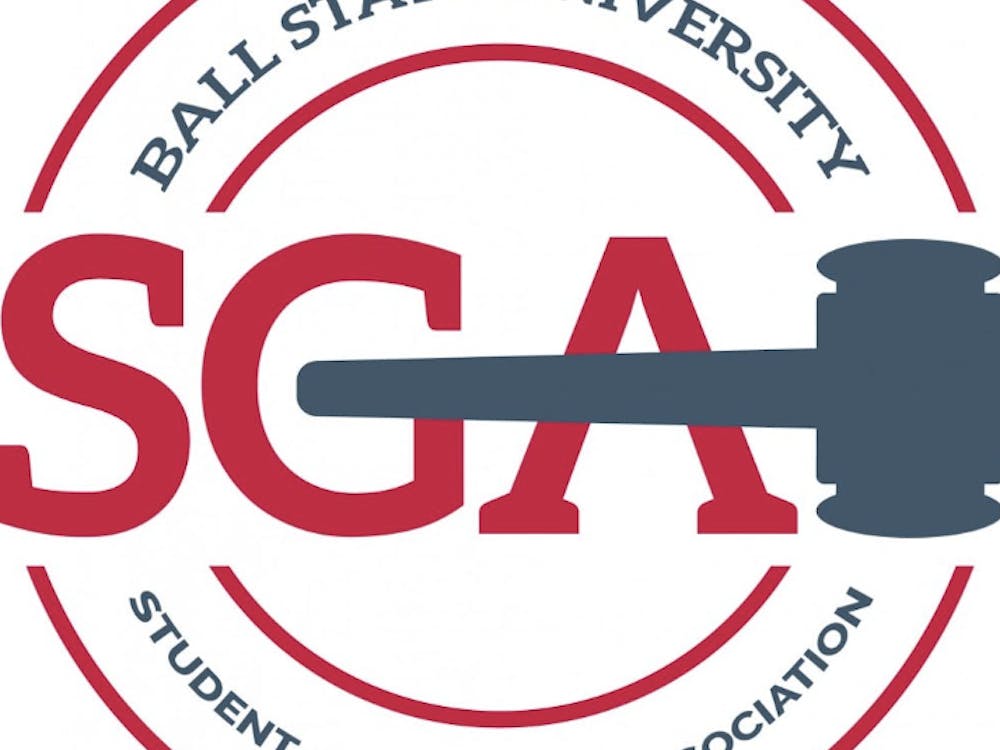Editor's note: An earlier version of this story inaccurately said Keven Nolan was a senior archaeology major. The story has been updated.
Ball State’s Applied Anthropology Laboratories unit provides the only program in Indiana where undergraduates can gain real-world experience.
Senior archaeologist Keven Nolan said the mission of Applied Anthropology Laboratories (AAL) is to provide hands on experience and to apply knowledge learned in the classroom.
Students studying anthropology, history and other related majors have the opportunity to dig up old artifacts and check over construction sites to make sure it isn't of anthropological importance at companies throughout Indiana.
“Students come out of here with that actual experience of cooperating and participating in projects with government agencies that they’ll be doing when they graduate,” Nolan said.
Amber Yuellig, the administrative coordinator of AAL, said there are 40 undergraduate and graduate students involved in the program. The students are anthropology majors and minors, but the lab is also open to students who have taken an anthropology course such as geology or geography.
“We think that these students might have interactions with archaeologists in their career in the future,” Yuellig said. “Them being able to participate in archaeology will give them a better understanding and they are able to facilitate those relationships later in their careers."
Much of the work AAL does is for state agencies and federal agencies, like whenever there are construction projects, archaeological and environmental surveys need to be done, Nolan said.
Rachel Watts, a junior advertising major with a minor in anthropology, said she enjoys working both in the lab and on the field because the work correlates with her studies. She said it gives her a better understanding of what she is doing.
“There is no other program where you will have this experience and gaining the knowledge you need,” Watts said.
AAL receives grants from federal agencies such as the Department of Natural Resources and the National Park Service, archaeologist Christine Thompson said. Many of the grants come with stipends for the graduate assistants and hourly payment for the undergraduates.
Thompson said the reason some surveys are conducted is because certain counties are “data deficient,” meaning there hasn't been much archaeology research there.
“It could be that they haven’t had much development in those counties, but they are trying to beef up the knowledge,” Thompson said.
Jamie Leeuwrik, a graduate assistant in AAL, said she’s gained many skills she didn’t learn during her undergraduate years at a smaller university. Ball State has allowed her to gain more technical experience working with equipment and programs such as Geographic Information System (GIS).
“I think it’s a good way to get a full picture of what being an archaeologist is like because it’s not as glamorous as people think,” Leeuwrik said.





